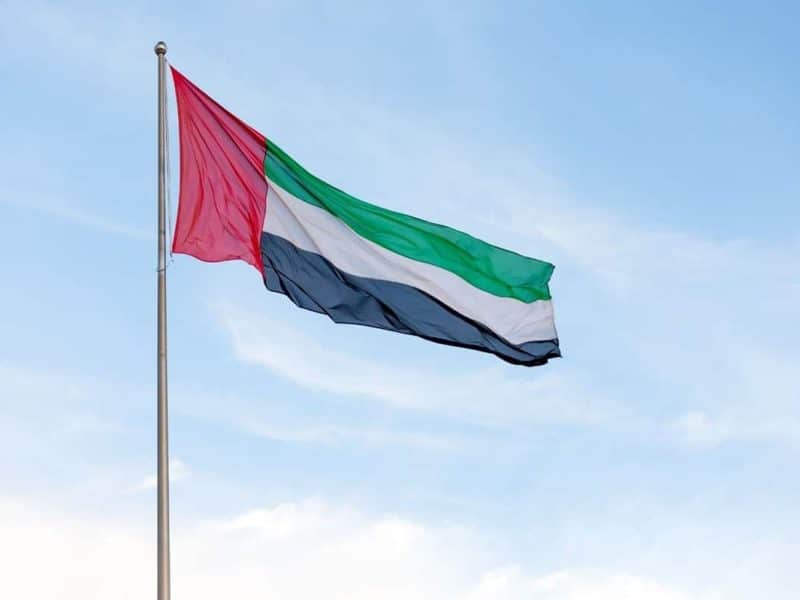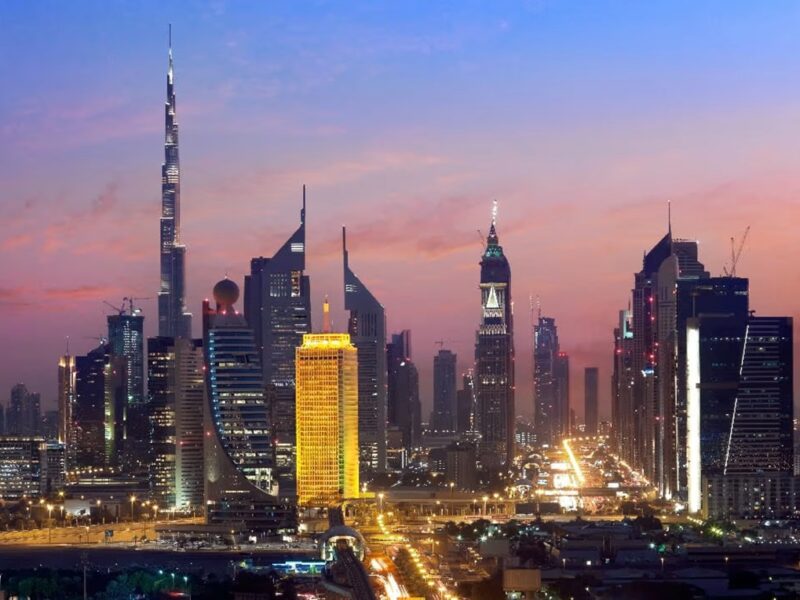Overlook the lagging oil sector and the Saudi economy is in excellent health. That’s the conclusion from the latest BMI report into the kingdom, which cites the government’s fiscal stimulus packages, a further raft of which was announced this month, and increasing business confidence as reasons for their optimism.
Non-oil growth, for instance, accelerated from 0 .6 percent year-on-year in Q1 2017 to 2.1 percent in Q3 2017.
The report explains how the Saudi government’s move away from the austerity measures that characterised much of 2017 will place more money in the hands of the kingdom’s consumers.
The most recent budget, presented in December 2017, included an expansion of the Citizen Account programme to increase cash transfers to the most deprived households, as well as a SAR72 billion ($19.2bn) business stimulus programme to support housing construction and fee waivers for small businesses.
In addition, there were bonuses to civil servants and military servicemen, although the impact of these measures will be offset by the imposition of a five percent VAT and the rise in fuel prices – up to as much as 50 percent.
Business confidence is also high, helped in part by a series of reforms such as the draft bankruptcy law. The Saudi Arabia’s Purchasing Managers’ Index hit 57.3 in December, its highest level since August 2015.
Of course, the non-oil sector accounts for 55 percent of the overall economy in Saudi Arabia, and the contraction of that sector will continue to impact the overall GDP figure.
In the first nine months of 2017, the report says, the oil sector contracted by 2.7 percent year-on-year. While prices continue to climb, crude production in 2018 will expand by a mere 0 .4 percent as OPEC continues to limit supplies.









